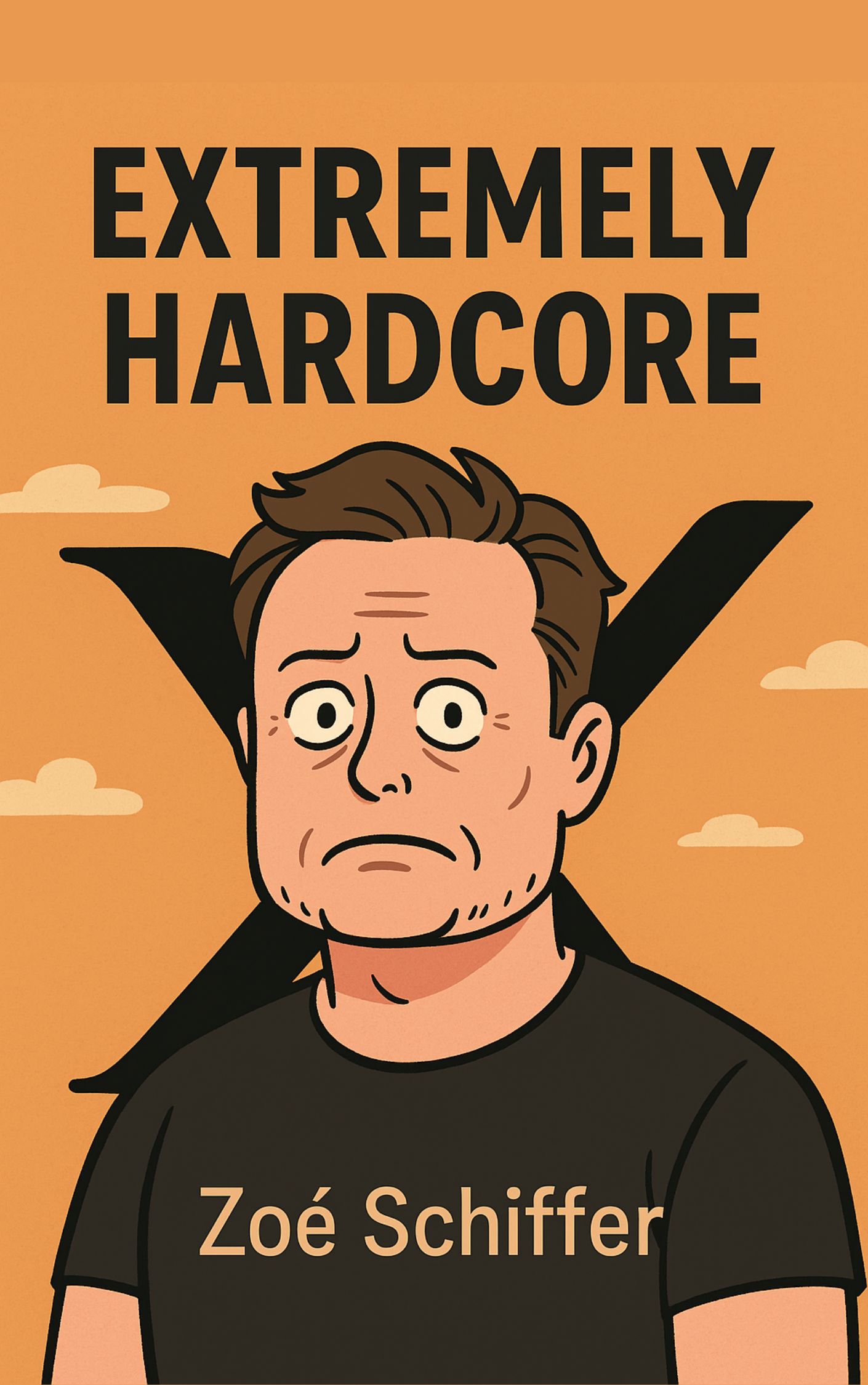Description
Elon Musk’s purchase of Twitter in 2022 was one of the most dramatic tech events in recent years. It was not only about money or innovation, but also about ego, control, and personal vision. What followed after his takeover turned into a cautionary tale about leadership, responsibility, and how fragile even the biggest platforms can be when shaken at their core.
The story begins long before Musk actually bought Twitter. Elon Musk had always seen himself as more than just an entrepreneur. From selling his first company, Zip2, in 1999 to creating PayPal, Tesla, and SpaceX, he gained both fame and enormous wealth. With that wealth came influence, and with influence came an obsession with how he was seen online. Musk often used Twitter as his personal megaphone, and over time he became one of the platform’s most controversial voices. Some of his tweets moved markets, others sparked lawsuits, and many created global headlines.
Meanwhile, Twitter itself was struggling. Despite its cultural importance as a place where politicians, journalists, and celebrities connected directly with the public, it never managed to become truly profitable. Content moderation was always a battle, especially as misinformation, hate speech, and political fights dominated the platform. The decision to ban Donald Trump after the January 6 Capitol riot highlighted the intense pressure Twitter faced: balancing free speech with safety. For advertisers, trust in Twitter depended on careful moderation. For Musk, however, moderation often looked like censorship.
In early 2022, Musk began quietly buying Twitter stock. By April, he owned more than 9% of the company. At first, he accepted a seat on the board. But that didn’t last. He quickly made an offer to buy the entire company for billion, saying he wanted to unlock its potential and defend free speech. The board eventually agreed, though many employees were deeply uneasy about what his leadership might mean.
Almost immediately, Musk tried to back out. He claimed Twitter had too many fake accounts, though this had been a problem he already knew about. But with legal action looming, he finally completed the purchase in October 2022. His dramatic entrance to headquarters, carrying a sink and joking “let that sink in,” set the tone. It was theatrical, but also a warning that chaos was about to begin.
The first major shock was mass layoffs. About half of Twitter’s workforce—nearly 3,700 people—were fired within days. Entire teams vanished, including those handling safety, compliance, and trust. These were the very people who reassured advertisers that their ads wouldn’t appear next to harmful content. Without them, major companies like General Motors and Pfizer paused or pulled their advertising. Revenue began to collapse.
Musk also pushed through changes at breakneck speed. One of his biggest ideas was to tie the famous blue verification checkmark to a paid subscription. Anyone could buy it for a monthly fee. In theory, this would bring in revenue and make verification more open. In practice, it was a disaster. Fake accounts pretending to be real companies and public figures exploded. A fake Eli Lilly account tweeted that insulin would now be free, causing panic and financial losses. The confusion made advertisers even more nervous, driving them further away.
Inside Twitter, employees were living under extreme pressure. Musk demanded long hours, constant urgency, and loyalty. In one email, he told them to commit to an “extremely hardcore” work ethic or leave. Thousands chose to leave. The workforce shrank from 7,500 before Musk to under 3,000 within weeks. Lawsuits followed, accusing Musk of unfair firings and unsafe conditions. Offices became tense, even unsanitary, after janitorial staff were dismissed and rent was left unpaid.
Musk’s handling of free speech added to the turmoil. He reinstated banned accounts belonging to extremists, including neo-Nazis, claiming it was about fairness. Yet at the same time, he banned the @ElonJet account, which tracked his private plane using public data, and suspended journalists who reported on it. This double standard made critics question whether his commitment to free speech applied only when convenient. He also complied with requests from foreign governments, such as Turkey, to silence political voices during elections.
As 2023 began, the platform was unstable. Outages became more common. Subscription revenue was tiny compared to the billions Twitter once earned from advertising. Musk tried to push Twitter Blue again, removing old verification checkmarks from famous accounts. Instead of boosting trust, this sparked more confusion and impersonation. Many celebrities openly mocked the system, refusing to pay. The blue badge, once a symbol of authenticity, became a mark of support for Musk himself—something many users rejected.
At the same time, competition was growing. Meta launched Threads, a rival platform that quickly attracted over 100 million users. Engagement on Twitter, now rebranded simply as “X,” fell sharply. Advertisers stayed away, disinformation rose, and lawsuits kept piling up from former employees.
By mid-2023, Musk’s original dream of turning Twitter into “X,” an everything-app combining payments, messaging, and social media, was still mostly a dream. Instead, the platform had lost much of its value, its reputation was scarred, and its community fractured. Even though Musk brought in a new CEO, Linda Yaccarino, the problems ran deep.
The story of Musk’s takeover shows how fragile a platform can become when leadership is impulsive and focused more on ego than on steady planning. Musk wanted Twitter to be a global town square. Instead, it became a symbol of what happens when speed replaces care, when profit is chased without safety, and when personal pride outweighs collective trust.
In the end, the story is not only about Musk or Twitter. It is about how technology shapes public life, how social platforms hold enormous cultural power, and how quickly that power can be damaged. It also raises deeper questions about the balance between free expression and responsibility. A platform without moderation risks becoming toxic. A platform without trust risks losing both users and advertisers.
This tale of Twitter’s transformation into X is a reminder that success in technology is not just about bold moves and wealth. It is about the people who build the systems, the trust of the communities that use them, and the careful balance between freedom and safety. When these are ignored, even the most influential platform can unravel.





